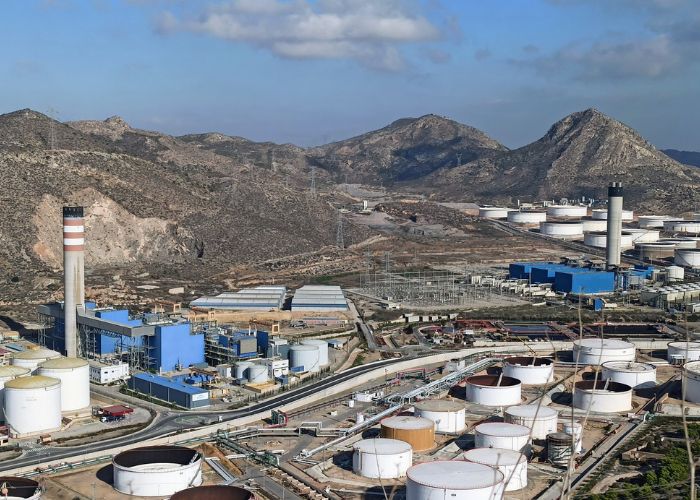MURCIA – One of the driest areas of Spain is the region of Murcia. Let this be the area referred to as the vegetable garden of Europe. That combination motivates a local businessman to build the world’s largest desalination plant.
The businessman is from Cartagena and is José Moreno. According to Murcia Diario, he wants to build a photovoltaic plant to support the desalination plant’s energy. Furthermore, the plan is to pump the desalinated water to the Cenajo reservoir. Moreno is an entrepreneur and professional in artificial intelligence. He is also the voice of a group of people who are leading the project construction in the Ecombreras Valley. This would require 2.2 billion euros.
Related post: Solving water shortages in Spain with desalination?
The installation needs an area of almost 27 hectares and with a desalination capacity of about 600 hm³/year for a total of 400 cubic hectometres, the calculated deficit of the basin. The first steps for the project have already been taken. We are now waiting for the first environmental report to which the Ministry of Ecological Transition must respond.
Solar energy essential to the project
In addition to the desalination plant, the project is viable because it is accompanied by a photovoltaic plant. This would produce enough energy for the whole process. In addition, there will be an aqueduct that would carry the desalinated water from these facilities to the Cenajo Reservoir. Finally, transfer channels would bring the water to the farmers in the area.
The solar installation requires a piece of land of 5,300 hectares at one location or several installations spread over the geographical area. The power required from this plant for the production of water is estimated at approximately 2,700 MW per year.
A year and a half ago, the idea arose to provide the entire region and parts of neighbouring provinces such as Alicante with high-quality fresh water by covering the current water shortage in the Segura basin.
Interest has already been shown by financial institutions, invested companies and capital funds in arranging the financing of this complex project. It has also been submitted to the regional government and dozens of companies, as well as political formations.
Clean solution for water shortage
The initiators argue that the solar-powered desalination plant is a clean solution to cover the water shortage in the basin. Furthermore, the project would provide solutions for the pollution of the Mar Menor. The arrival of additional water would prevent farmers from continuing to over-exploit the aquifers, while at the same time stopping the discharge of nitrates.
Related post: Mar Menor situation is unsustainable
As Moreno explained in Onda Regional, engineering work could begin in February next year once all procedures have been completed and permits issued. The project would be 100% operational for tapping water in 4 to 6 years.
In the program ‘Campo y Vida, Moreno also explained that the price of water (depending on the photovoltaic installation essential for the project) is 29 cents per cubic metre. Without solar energy, this price would rise to 93 cents.
For the use of water from the desalination plant, the farmers and the company that operates the desalination plant would enter into a commitment for 25 years for 59 cents.
Related post: Drought in Spain: 27% of the country is on alert or already in distress of water shortages


